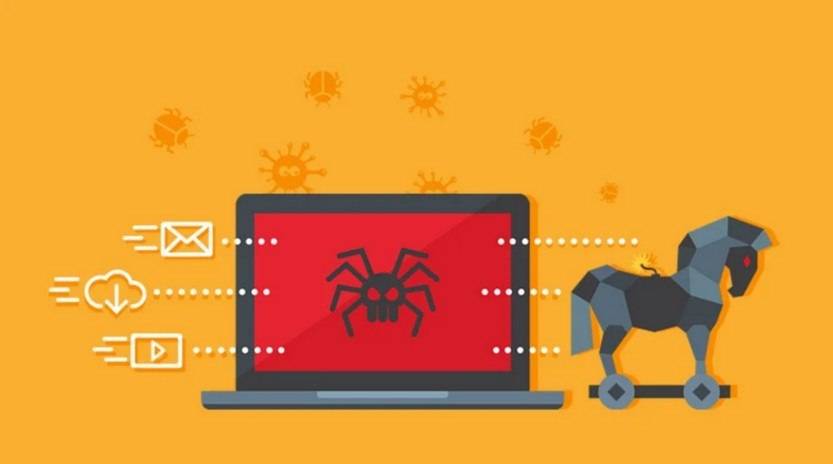If you have student loans, you may have received a phone call or a message claiming that you are eligible for student loan forgiveness under the new 2023 guidelines. This may sound like a great opportunity to get rid of your debt, but beware: it is a scam.

This Article Contains:
How The ‘Student-Loans Have Been Marked As Eligible For Forgiveness’ Scam Works
The scam typically begins with an email or phone call. The scammer, often impersonating a representative from the “Student Loan Debt Department,” informs you that your student loans have been marked as eligible for forgiveness under new guidelines. They may provide a case number and state that your file will remain open for only a limited period. They’ll urge you to call back at a dedicated eligibility line to have this applied immediately.
Here is the transcript of the call:
Hello this is [name] on behalf of the Student-Loan Debt Department. We tried to contact you at your home and did not hear back. Your Student-Loans have been marked as eligible for forgiveness under the new 2023 guidelines. Your case number is #84675, and your file will remain open in my system for only one more day. If you could please give your dedicated eligibility line a call at: 844-205-4551, we can have this applied immediately. Our office hours are 11am-7pm (EST) Monday-Friday.
Upon returning the call, you may be met with a scammer who sounds professional and persuasive. They will assure you that under the new guidelines of 2023, you’re entitled to have your student loan forgiven. This opportunity seems too good to pass up, which is precisely what they’re banking on.
The scammer will then prompt you to verify your personal details, such as your full name, date of birth, and Social Security Number, under the guise of confirming your eligibility. They may also request details about your student loan, including the lender’s name, the amount owed, and your account number.
The scammer will usually require an upfront payment or service fee, insisting that it is necessary to process your loan forgiveness. They will request your banking details to facilitate the payment. The scammer may use high-pressure tactics, emphasizing the limited-time offer to convince you to act immediately.
What To Do If You Have Fallen Victim?
If you have fallen victim to the student loan forgiveness scam, do not panic. Here are some steps you can take to protect yourself and your money:
- Contact your loan servicer immediately and explain what happened. They can help you restore your account and resume your payments.
- Report the scam to the Federal Trade Commission (FTC) at https://reportfraud.ftc.gov/. You can also file a complaint with the Consumer Financial Protection Bureau (CFPB) at https://www.consumerfinance.gov/complaint/.
- Check your credit reports for any unauthorized activity. You can get a free copy of your credit report from each of the three major credit bureaus every 12 months at https://www.annualcreditreport.com/.
- Change your passwords and security questions for any online accounts that may have been compromised.
- Be alert and cautious of any future calls or messages from unknown numbers or sources.
- If you suspect your device is infected with malware, run a scan with Malwarebytes Free.
Conclusions
Student loan forgiveness is a legitimate option for some borrowers who meet certain criteria and complete certain requirements. However, it is not something that you can get easily or quickly from a third-party company. If you are interested in student loan forgiveness, you should contact your loan servicer or visit https://studentaid.gov/ to learn more about your options and eligibility.
Remember, if something sounds too good to be true, it probably is. Do not fall for the student loan forgiveness scam and do not let anyone take advantage of your situation.










